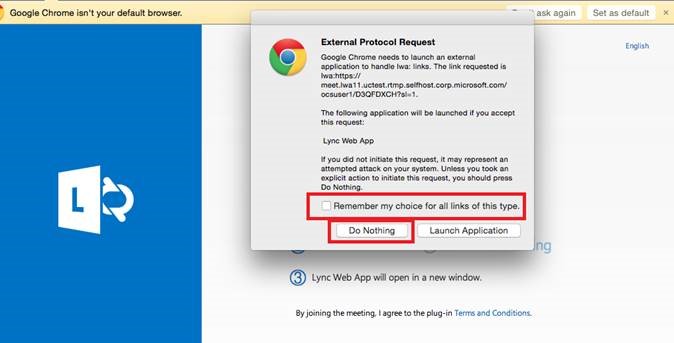

IPv6 is supported in this version of Lync. It should be much improved over 2012, e.g. MSFT has worked on VDI scenarios to provide high quality experience with a small plugin on the client. VDI support: There will be some 3rd party support statements. Less requirements than 2010 and more functionality offered. Check the docs – calling it Easy Site Recovery. On the DR side, they are “improving” metro-site resiliency (between data centres). Note the federation between Lync 2013 (online and on-premises) and Skype. Single client for easy use and single server for easy administration.


I’ve always found the Lync client and experience to be a bit ropey. In my opinion, Skype offers a superior experience to Lync. We did get an integration, somewhat between the 2 disparate MSFT communications tools a Skype user can chat with a Lync user.īut in this era when Microsoft says that we are using 1 account and 1 (or many) device to span both work and play, do we really want two chat tools with two very different experiences? And other than that, it’s not really improved much. Lync went online (phone system availability is limited by country/partner) as a part of Office 365. And Skype has other awful behaviours, particularly if you own multiple devices – such as showing you online when you are not, ringing on one device even though you have answered on another, and so on. Skype went on to kill of Live (MSN) Messenger for IM – and unfortunately Skype’s chat has since not improved itself to keep up with what Messenger was as an IM tool. Skype was a cloud-based consumer product that offered phone services in addition to voice, video and IM. Lync was a bulky on-premises corporate tool with phone system aspirations. We wondered what Microsoft would do with Lync and Skype back in 2011 when Microsoft made the surprise acquisition of the Luxembourg company.


 0 kommentar(er)
0 kommentar(er)
